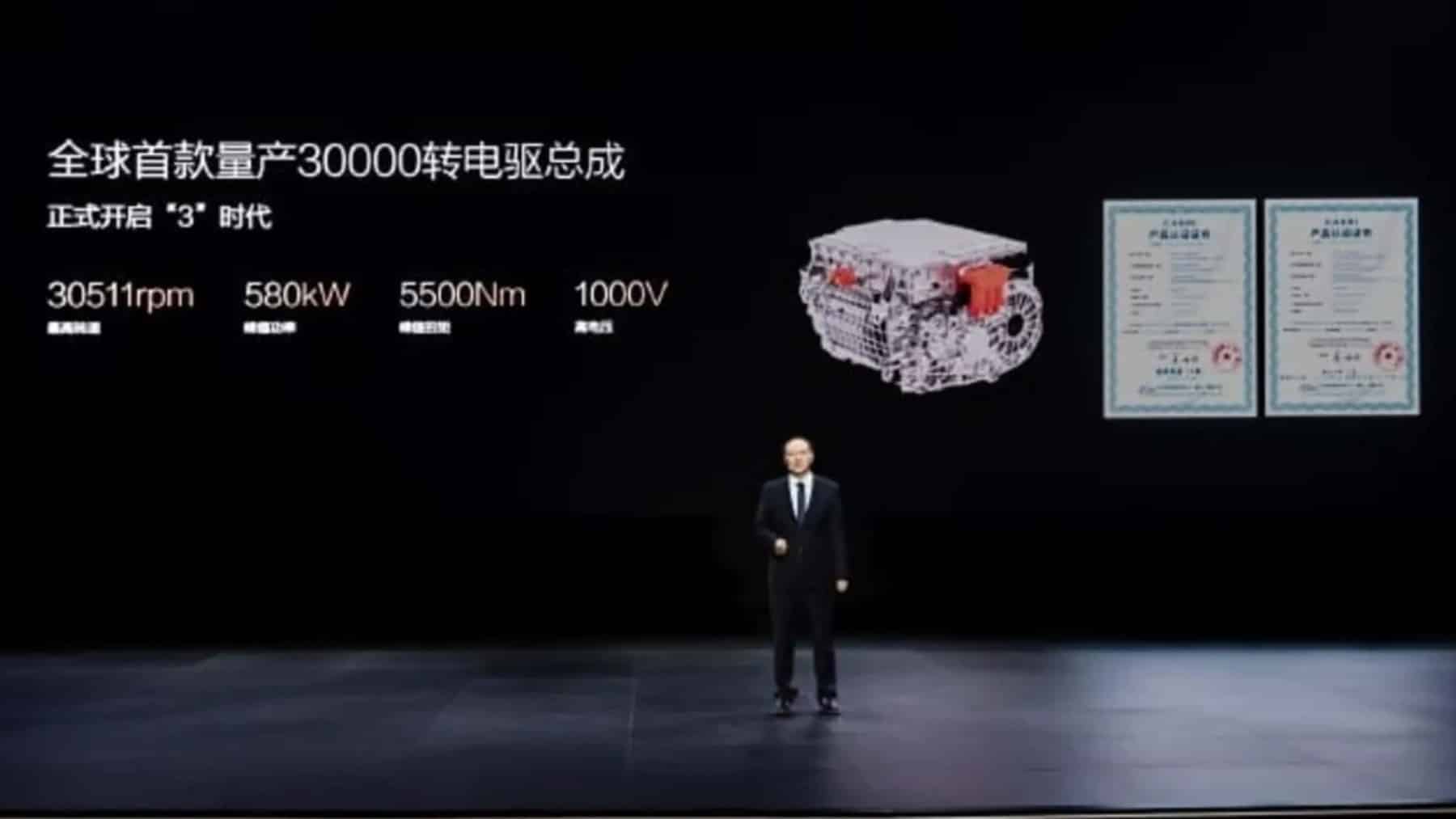BYD Shifts Gears: Embracing Hybrid and Hydrogen Future
Key Ideas
- BYD, a major competitor to Tesla, pivots from fully electric vehicles to plug-in hybrids and hydrogen fuel due to consumer preferences.
- BYD's focus on plug-in hybrids aims to address range anxiety and infrastructure concerns associated with fully electric vehicles.
- Collaboration with U.S. Hybrid Corporation for hydrogen fuel cell electric buses in Hawaii showcases BYD's commitment to sustainable transportation.
- BYD's global strategy includes expanding its electric vehicle lineup, setting up new factories in Europe, and offering a range of cleaner energy alternatives.
BYD, a prominent player in the Chinese automotive industry, has shifted its focus from fully electric vehicles to plug-in hybrids (PHEVs) and hydrogen fuel. The company decided to pause further work on fully electric vehicles due to consumer reluctance towards battery-electric vehicles. Instead, BYD is emphasizing its DM-i platform for plug-in hybrids, offering drivers the flexibility to switch between electric and gasoline power. By introducing more PHEV models in Europe, especially in Germany, BYD aims to meet consumer demands and overcome EU tariffs on imported EVs. Furthermore, BYD has teamed up with the U.S. Hybrid Corporation to develop hydrogen fuel cell electric buses for Hawaii, reducing emissions and charging concerns. This move aligns with BYD's broader global strategy, focusing on sustainability and customer preferences. By embracing hybrid and hydrogen technologies, BYD is challenging traditional EV approaches and positioning itself as a leader in the clean energy mobility space.
Topics
Public Transit
Clean Energy
Sustainability
Competition
Automotive Industry
EVs
Manufacturing
Business Strategy
Global Expansion
Latest News
